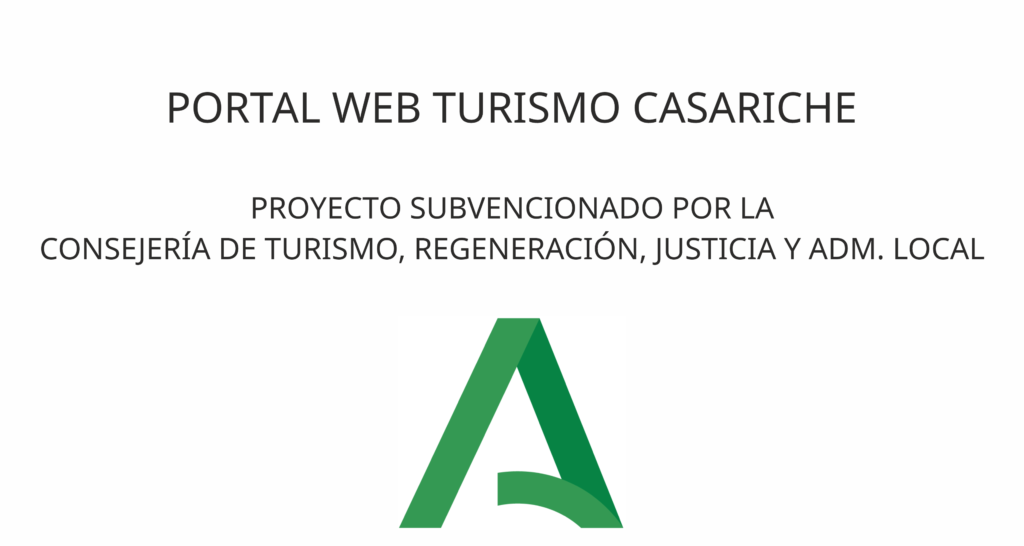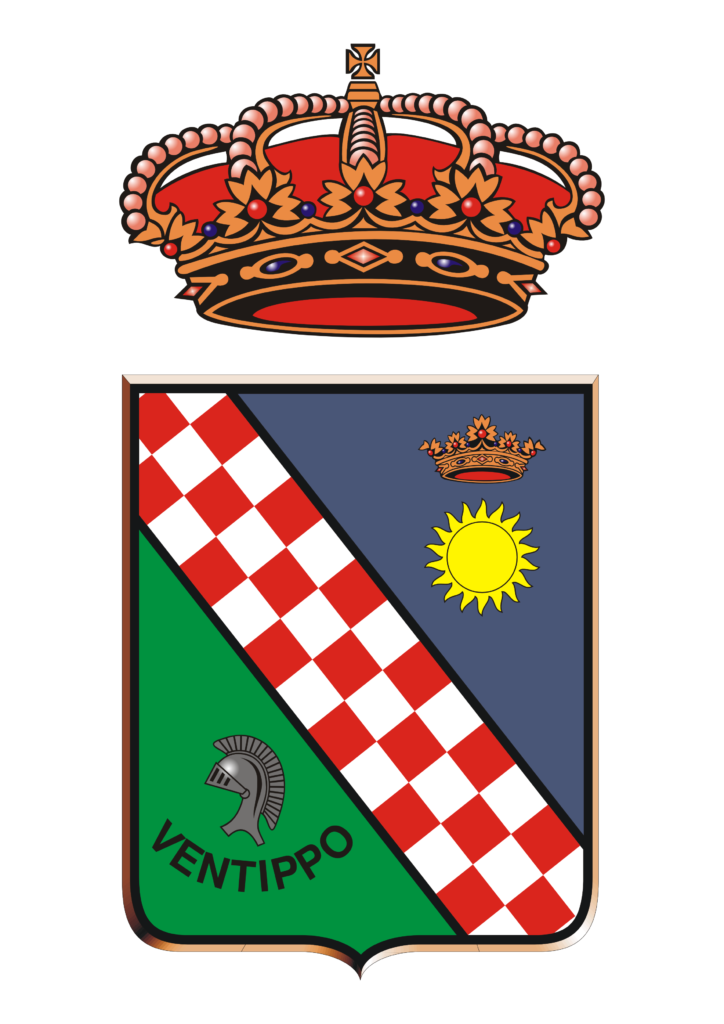Museum
In the Museum, a journey is made from the general to the particular, explaining the process of Romanisation of Hispania and the Baetica area, to then focus on three of the archaeological sites that are located in the municipality of Casariche. These are: the Cerro de la Atalaya, where the ancient city of Ventippo was probably located, dating from the 4th century B.C.; the Roman Quarries of Cerro Bellido; and the villa of “El Alcaparral”, where a group of valuable mosaics were found, especially the mosaic of “The Judgement of Paris”.
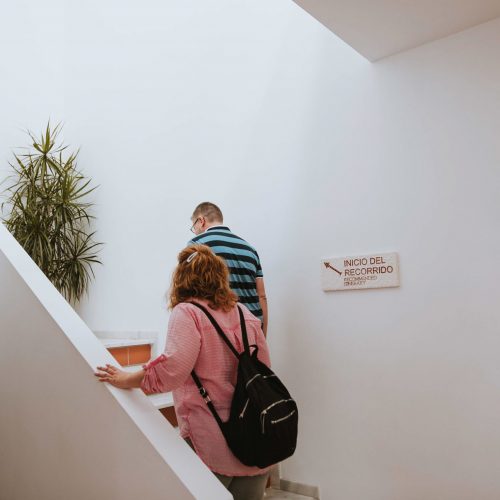
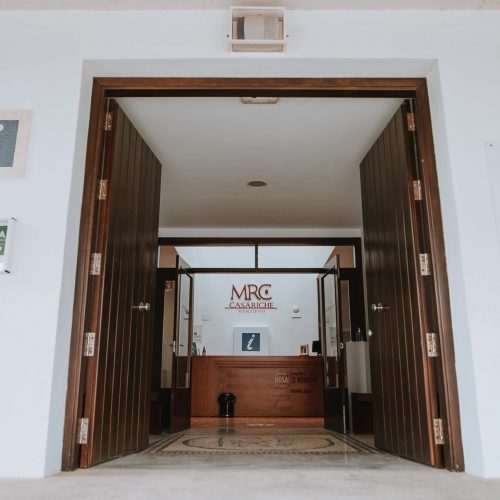
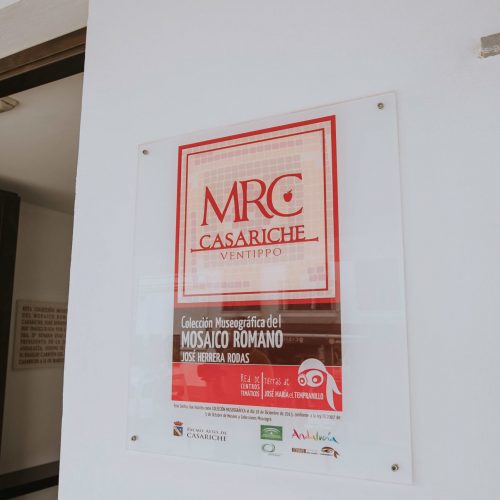
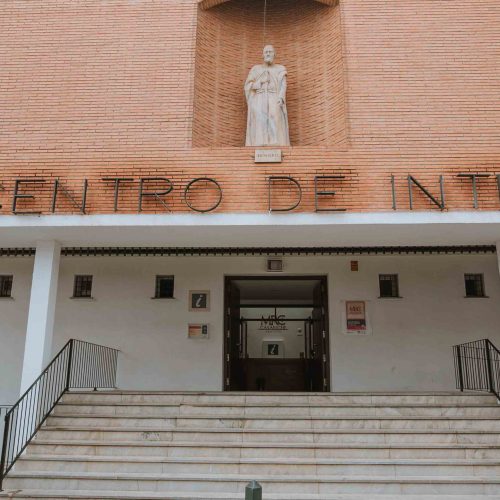
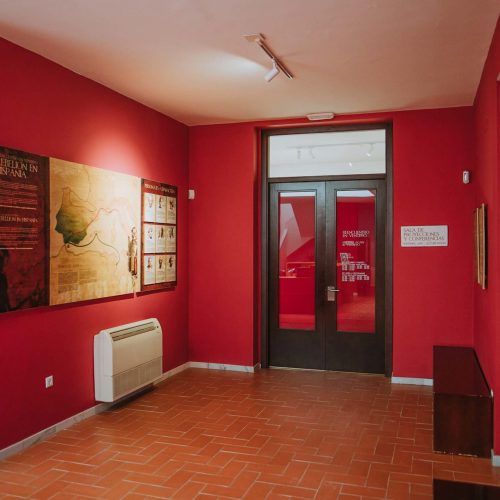
Room 1
From Mare Nostrum to Ventippo
The towns of the Mediterranean sea are all connected through maritime trade. The Phoenician, Greeks and other colonies exchanged products, tradictions, news, and histories along the coasts. Thus, a globalization through the Mediterranean occurs, taking into account the fact that these territories around the sea act as a market and exchange their culture.
Hispania, and in particular the area known as the Círculo del Estrecho Strait Circle, enjoyed an intensity of trade that explains the strong interrelationship with other Mediterranean peoples.
Ventippo did not remain isolated in this circuit, but acted as an integrated part of it. In fact, its goods could reach ports as far away as Byzantium.
The reproductions on display in this room take a historical journey through the process of Romanisation of Hispania and the Baetica area through the objects that share the same backbone, the Mediterranean Sea (Mare Nostrum).
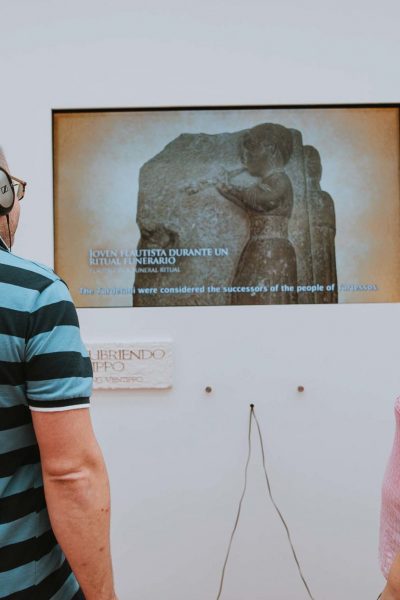
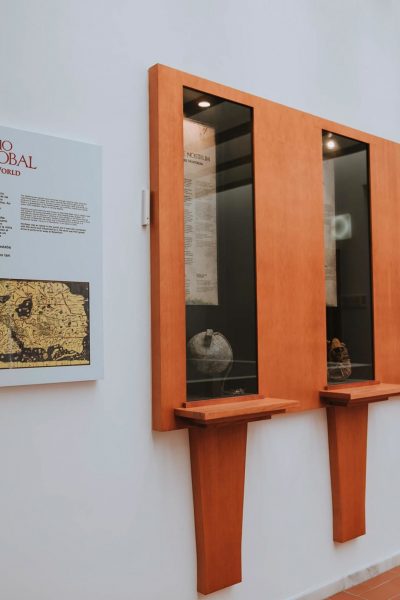
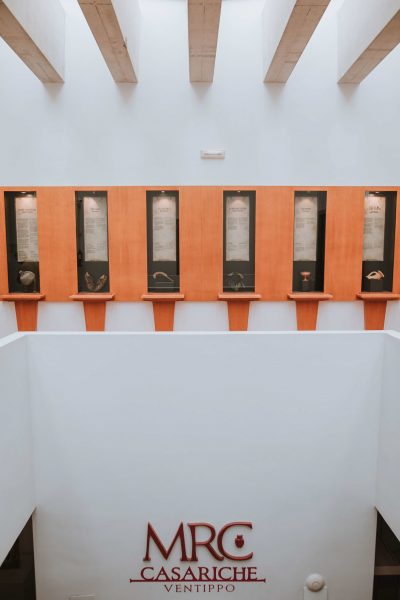
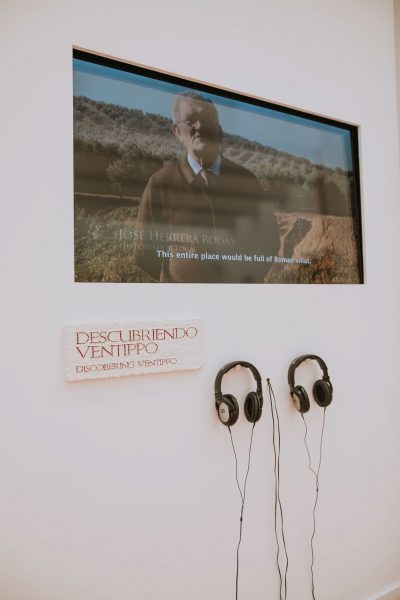
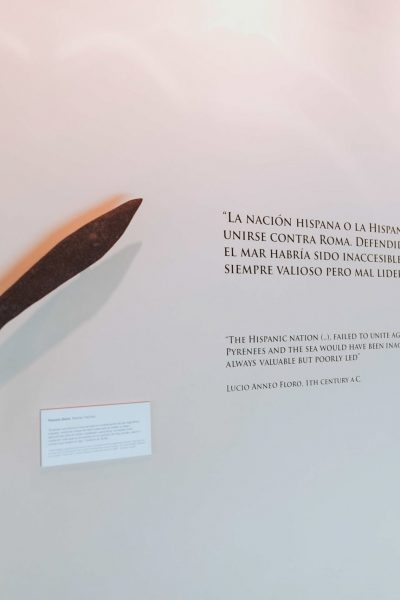
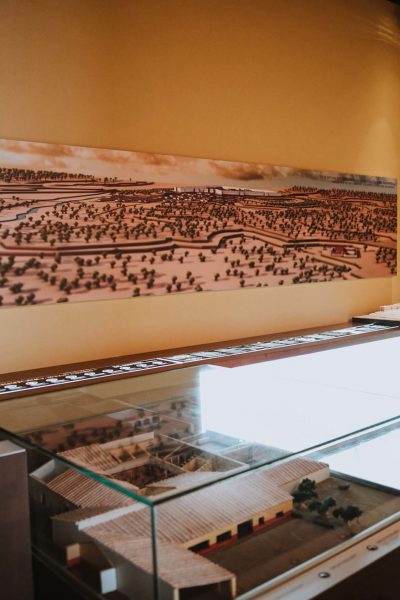
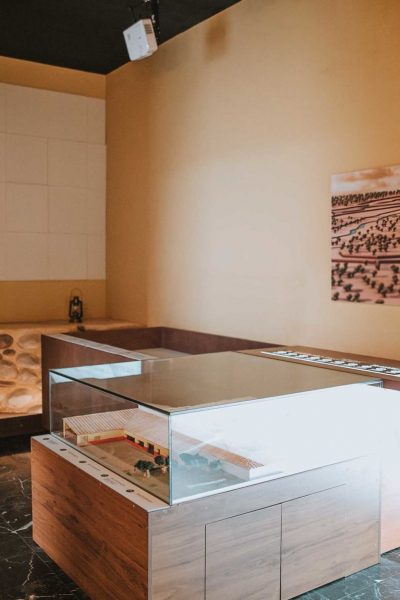
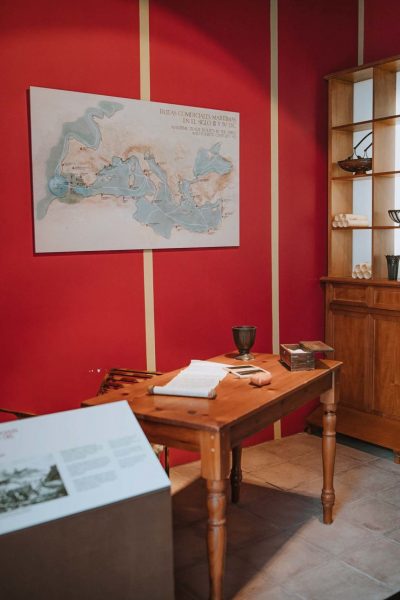
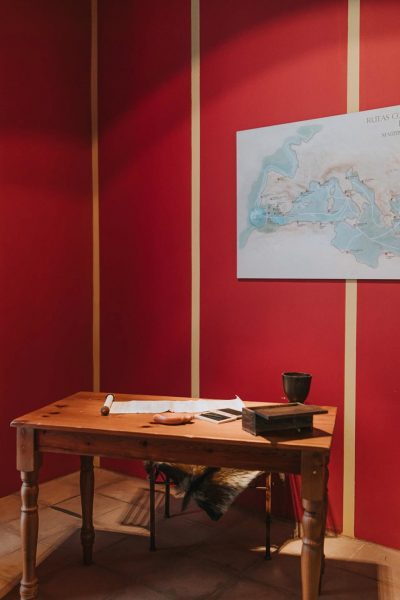
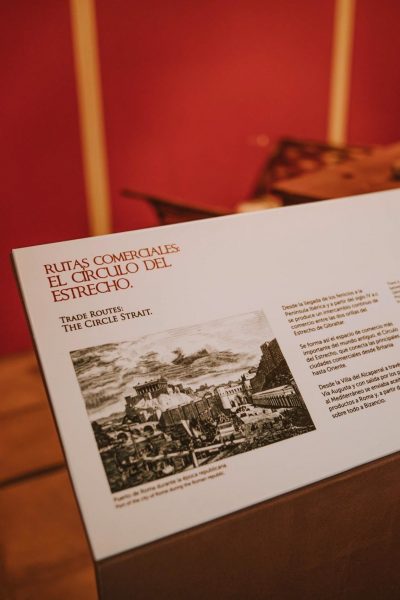
Room 2
History of the territory
There are numerous archaeological sites in Casariche. Of these, three stand out for their importance and degree of study: the villa of “El Alcaparral”, the Cerro Bellido and the Cerro de la Atalaya, all dating from the Roman period.
Thanks to the archaeological studies and actions carried out in each of them, we can have an overview of how the territory and the settlements in it may have developed.
Ventippo, whose location is presumed to be on the Cerro de La Atalaya, is the name of a Roman city whose origins date back to the 4th century BC. As a result of archaeological work, different historical phases have been discovered at this site.
The Canteras del Cerro Bellido (The Cerro Bellido quarries) are the result of intense open-cast quarrying, the purpose of which was to obtain cylindrical pieces of stone that were used as counterweights for lathe presses in oil mills. The study of the site, which covers more than 2,000 square meters, has revealed the high level of activity that has taken place in this area since ancient times.
The villa of “El Alcaparral”, found by chance in the summer of 1985, gave rise to two archaeological interventions that allowed the site to be delimited and assessed from a historical point of view. Both interventions, carried out in 1985 and 1986 respectively, led to the discovery of 15 mosaics in a very diverse state of conservation, some of them with completely destroyed sections and loss of tesserae. Of all of them, the most important piece in our permanent collection, the mosaic depicting the Judgement of Paris, stands out for its historical and artistic value.
Room 3
Main mosaic room
The name of this room is justified by the leading role it plays in the exhibition discourse of our institution. In fact, this room houses the most important piece in our collection.
From this space, five of the six mosaics currently on display in our facilities can be seen, where the mosaic representing “The Judgement of Paris”, a piece dating from around the mid to late 5th century AD, is of particular relevance.
This work, which is in an excellent state of conservation, is made with tesserae of very diverse materials: limestone, marble, ceramic and vitreous paste, showing great virtuosity in the application and distribution of the colours.
The scene, framed by a profuse border, narrates the mythological episode of “The Judgement of Paris”, the first reference to which appears in Homer’s Iliad. One of the peculiarities of this mosaic lies in the moment captured, when the three goddesses appear before Paris and dispute the precious trophy, the golden apple.
Flanking the Paris mosaic, we find two other mosaic pieces belonging to the same villa of “El Alcaparral”. On the one hand, the mosaic that was found in the so-called tablinum of the villa, the office space of the owner of the villa, a large piece made up of black and white limestone tesserae. The other mosaic, with similar characteristics and geometric composition, but of smaller proportions, occupied one of the cubiculums or private resting areas of the villa.
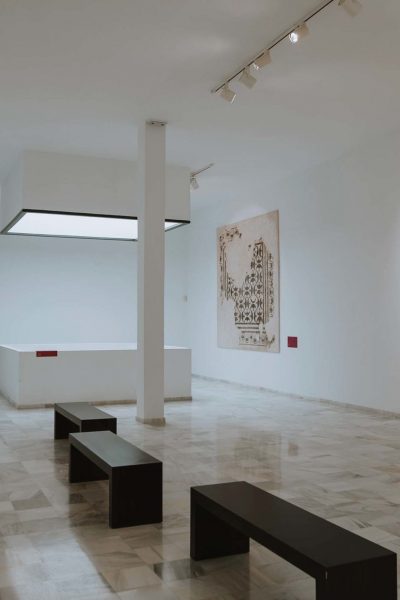
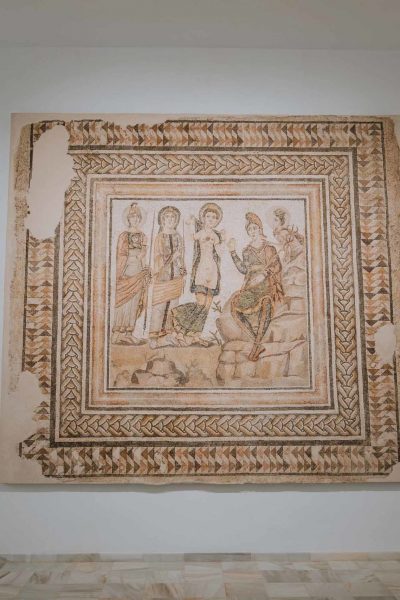
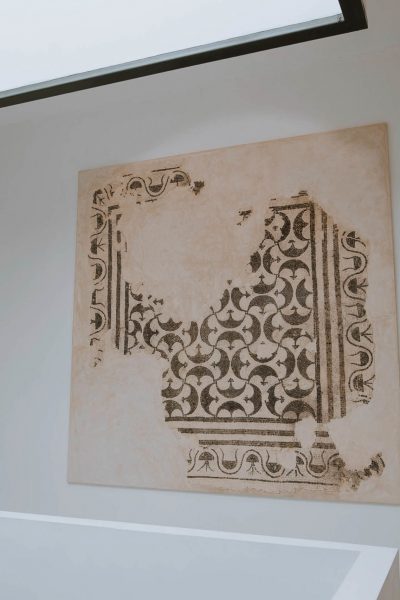
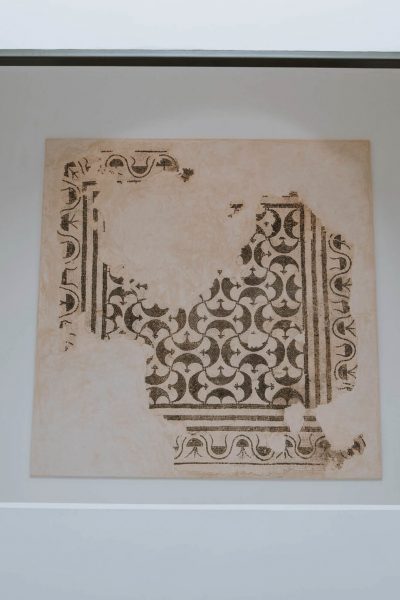
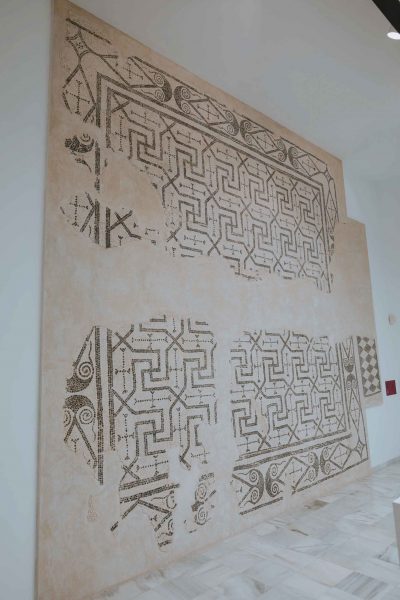
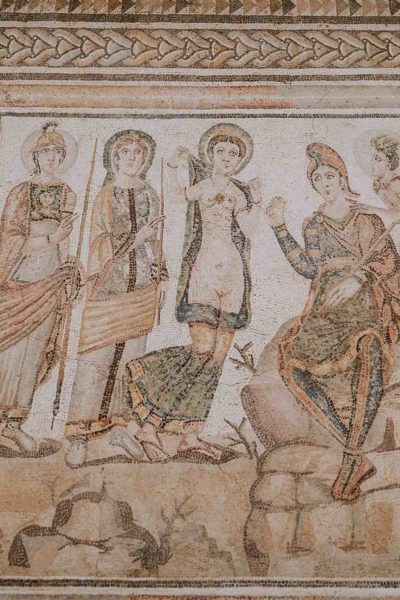
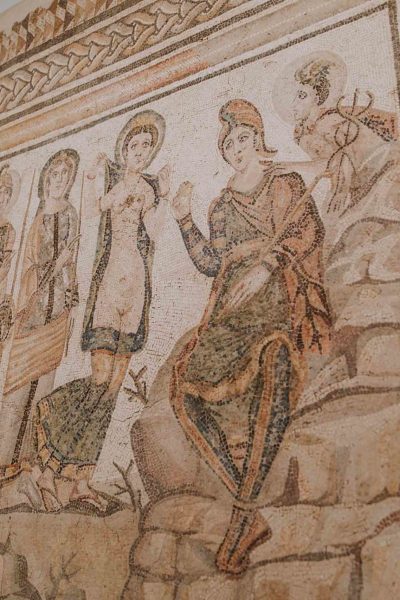
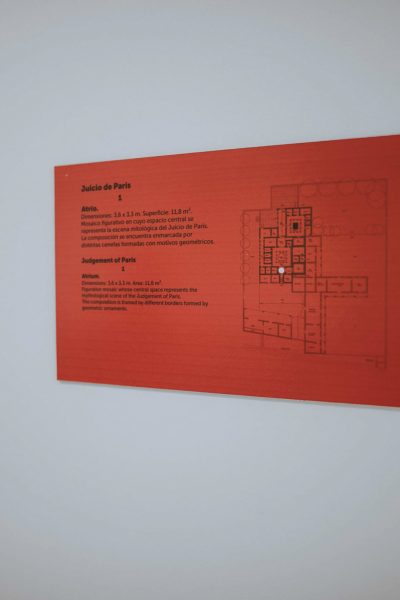
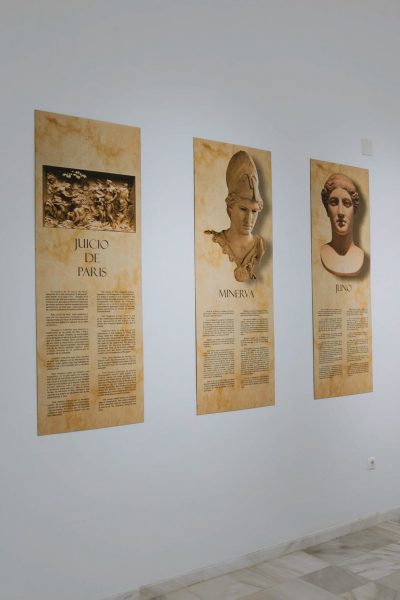
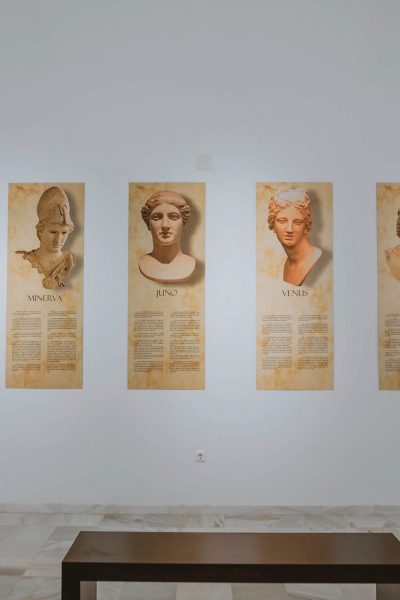
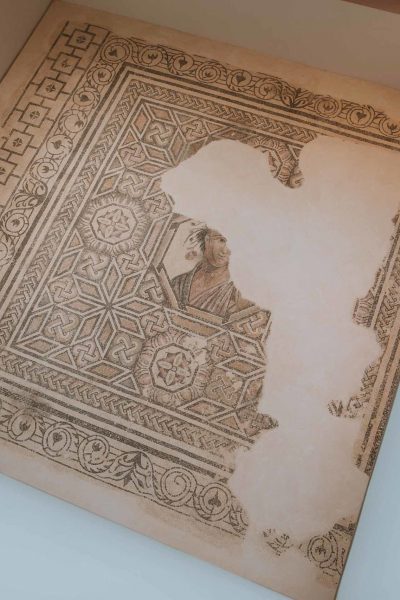
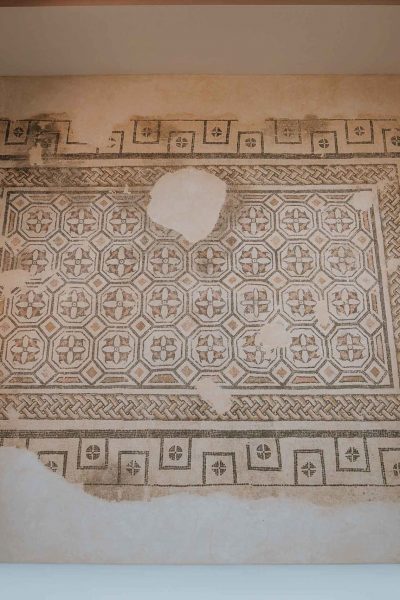
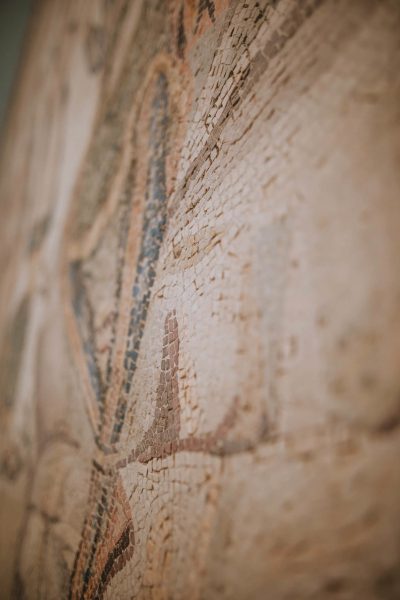
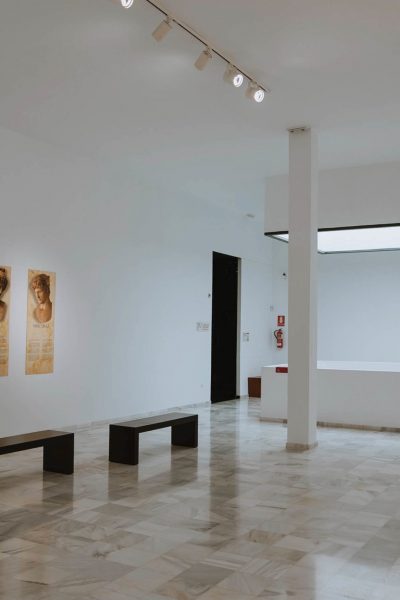
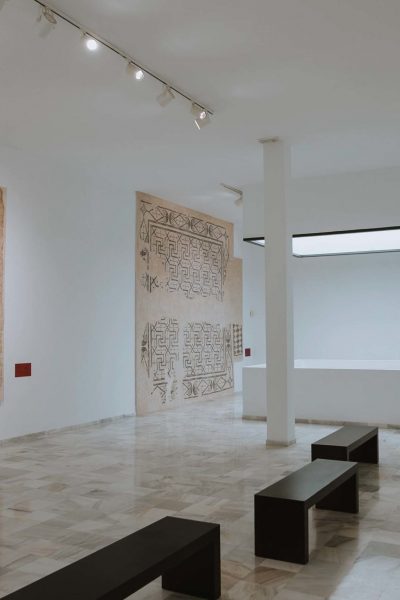
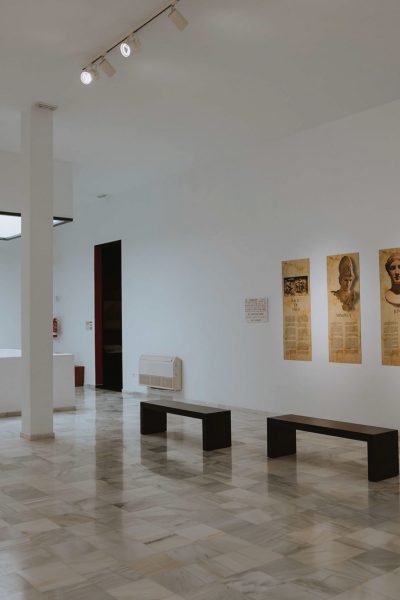
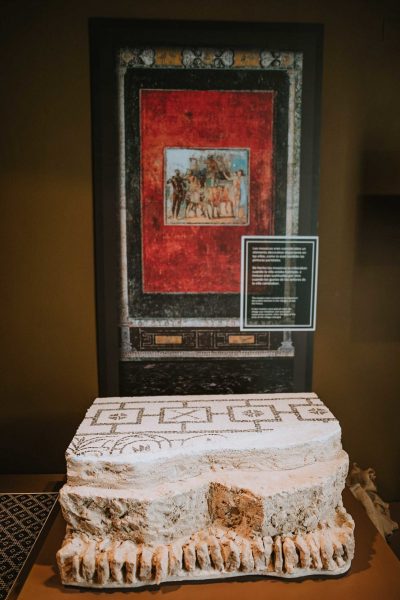
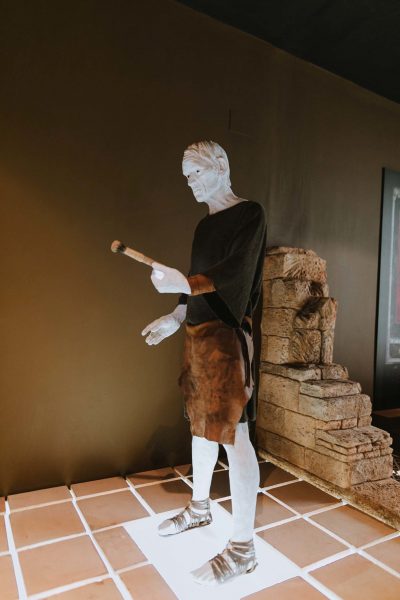
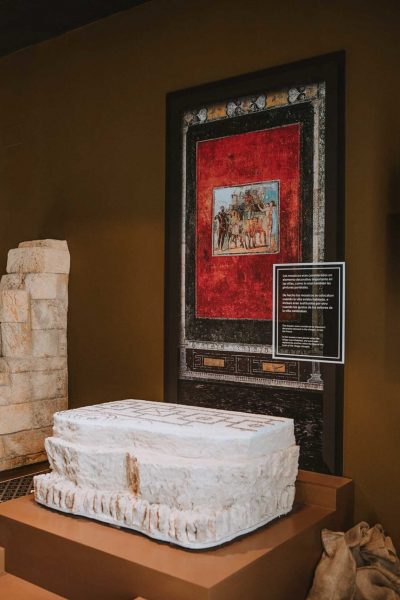
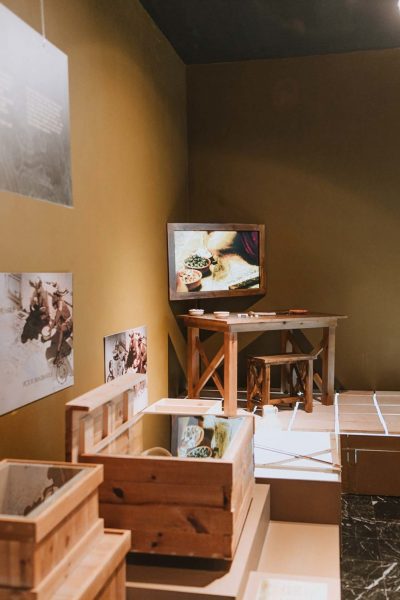
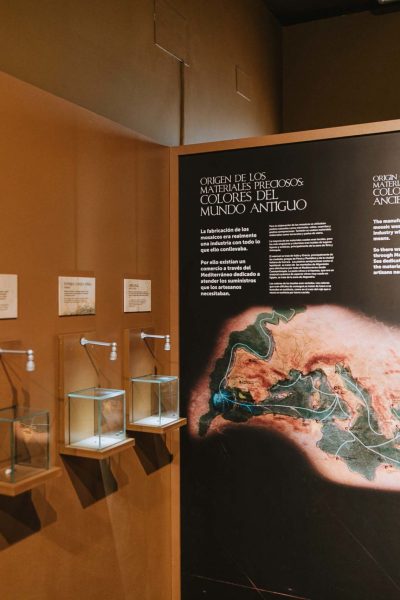
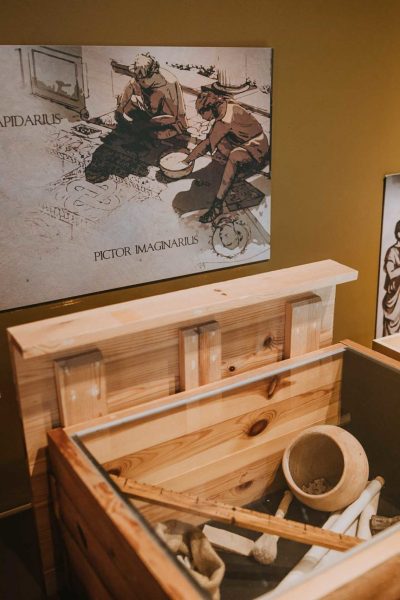
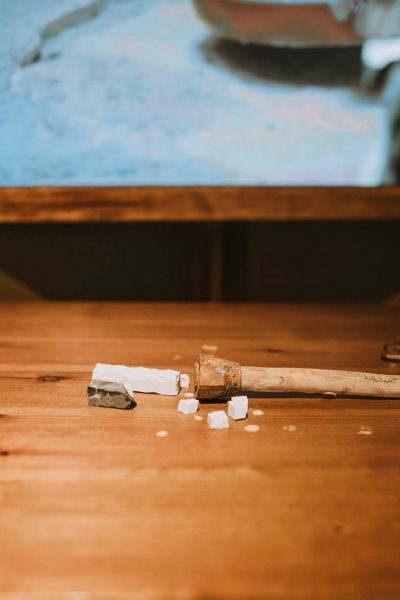
Room 4
Craftman's workshop
In this room we are introduced to mosaic art in its entirety, taking a journey that includes several stops: reproductions of the tools used, different methods used in the creation process and the varieties of tesserae.
The production of a mosaic surface was divided into several independent phases, justifying the presence of a team, probably in a workshop, and requiring the specialization of its members at each stage of the process.
The proliferation of workshops or teams of craftsmen must be understood in parallel with the spread of the taste for mosaic and its massive use in architectural decoration, whether in private or public buildings. There would have been fixed mosaic workshops, but there would also have been itinerant workshops, in which the members of the team would travel to the place where the order was placed, where the tesserae would even be made with the materials indigenous to each area.
Room 5
Life in the villa
This room, located on the ground floor, is aimed to show what life was like in the villa of “El Alcaparral”. Here we can observe in more detail two of the mosaics that can be seen from room III, those located in the oecus of the villa, both large pieces.
In the first of these, profusely decorated with geometric motifs, the central figure stands out, framed within a medallion. Depending on the researcher, the interpretation of the figure that appears is varied and its meanings range from the reproduction of a god or an allegorical image, to a possible portrait of the town’s domineer.
The second of the mosaics, with a geometric theme as well, has a floral motif inserted within an octagon, which is reproduced in the form of a tapestry occupying most of the surface of the mosaic, the entire composition being framed by a geometric border.
The last of the mosaics to be found in this room is the mosaic of the impluvium, whose original location in the villa corresponded to the central courtyard, situated inside the fountain or pond that was located in the atrium.
This mosaic, which is quite damaged, repeats the arrangement and thematic composition of other mosaics of similar characteristics found in the Baetica area, where a festival of marine elements are represented. Fish of different sizes and species share the scene with sea monsters and nereids, whose legs can barely be glimpsed. The whole would have been framed by fretwork.
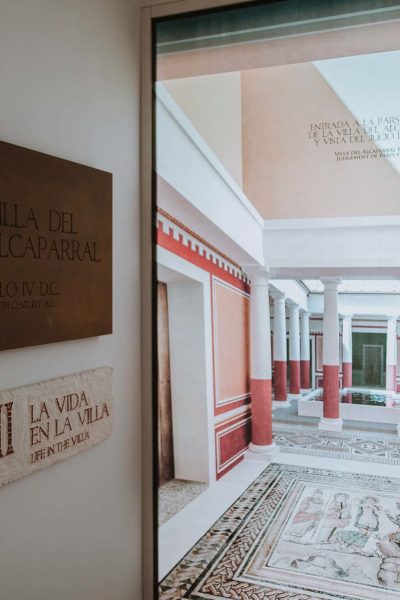
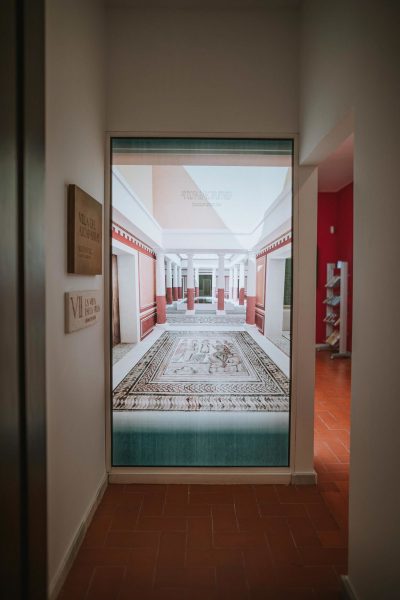
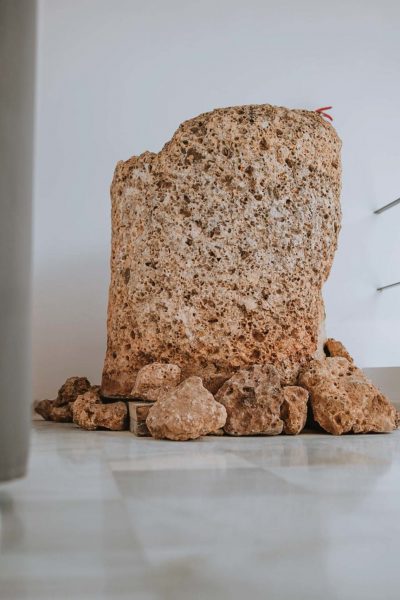
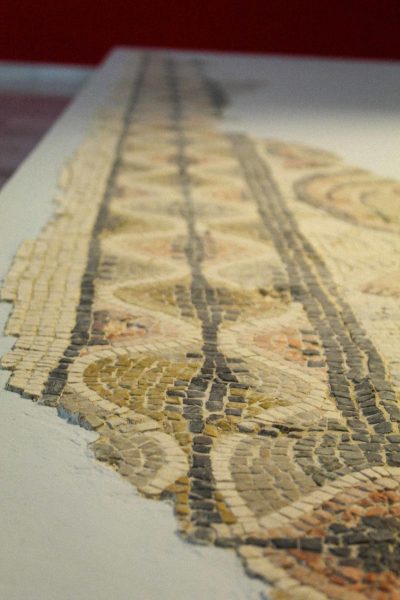
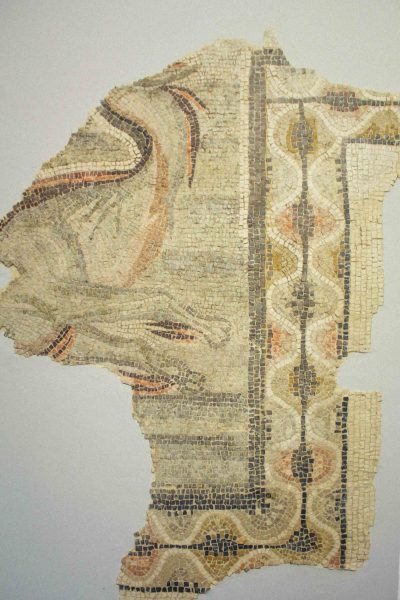
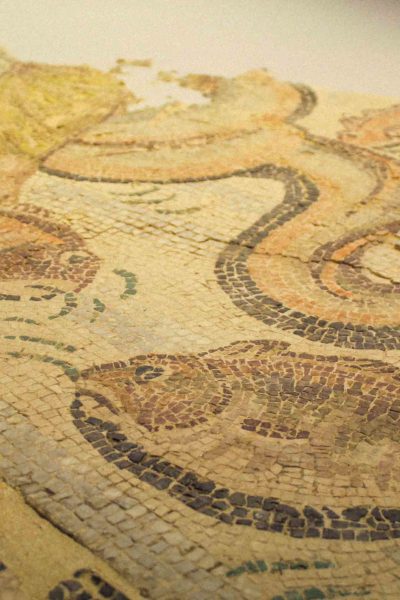
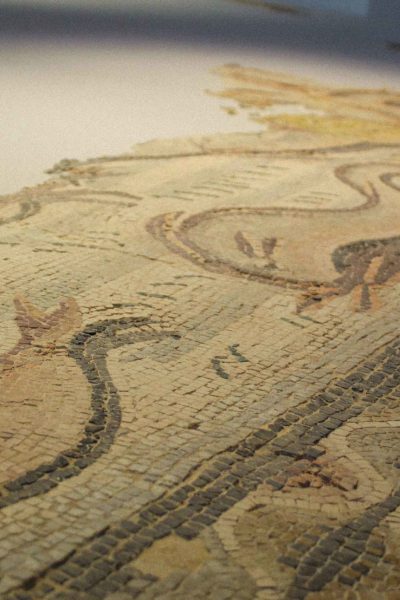
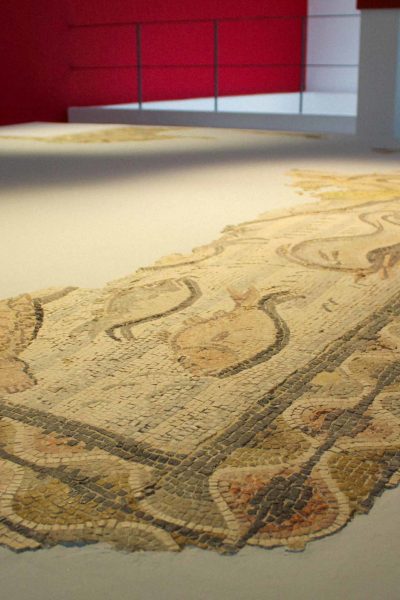
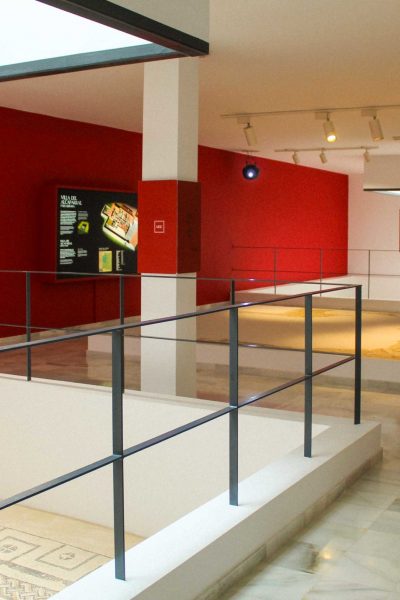
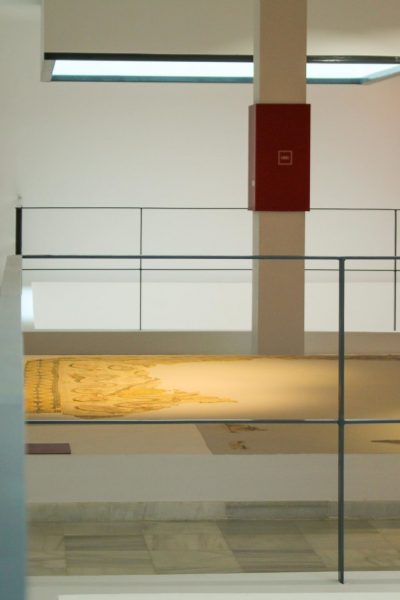
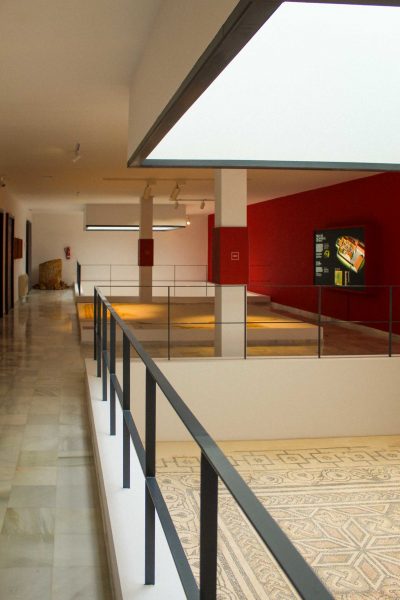
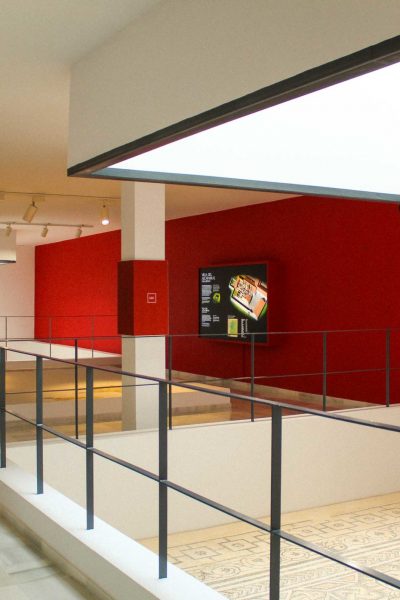
Temporary exhibition hall
The Museum has an exhibition hall which regularly hosts travelling exhibitions and exhibitions of its own production, which stand out for dealing with current issues of interest, while at the same time contributing to the spread of culture in our town.
The Temporary Exhibition Hall, which maintains an exhibition programme throughout the year, has hosted a wide variety of artistic manifestations: from established authors to exhibitions of local events, as well as unique legacies of our most ancient culture and social phenomena.
If you wish, you can find out more about the exhibitions that are currently on display in this exhibition space by clicking here.
Screening and lecture room
Equipped with various audiovisual and digital resources, this space is an ideal place for presentations and conferences. Whether or not they are related to the Collection, numerous social and cultural activities have been held here.
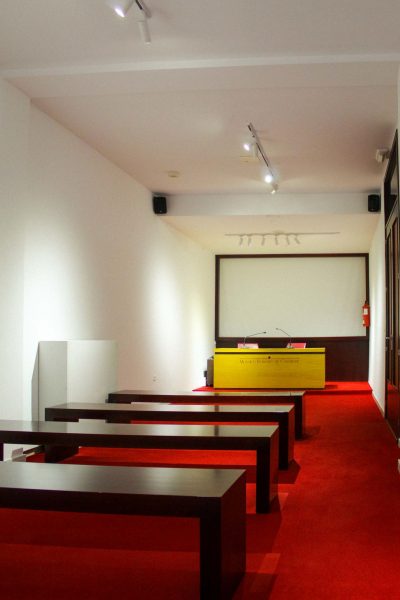
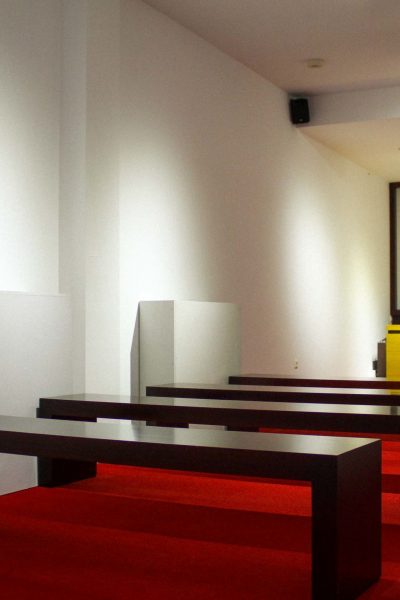
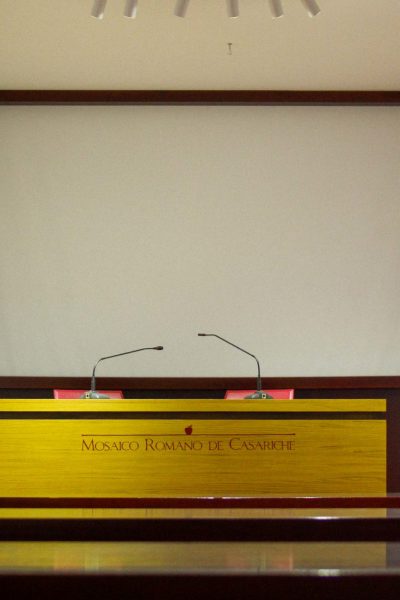
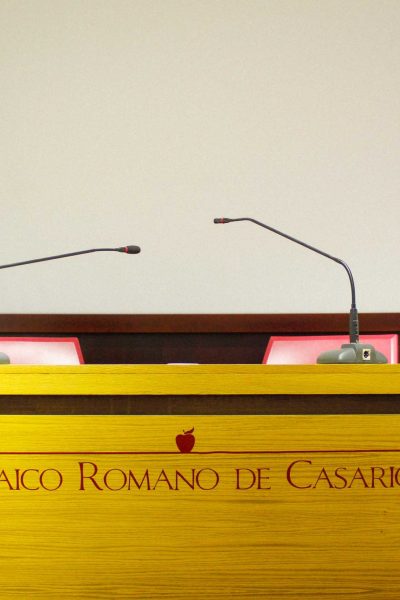
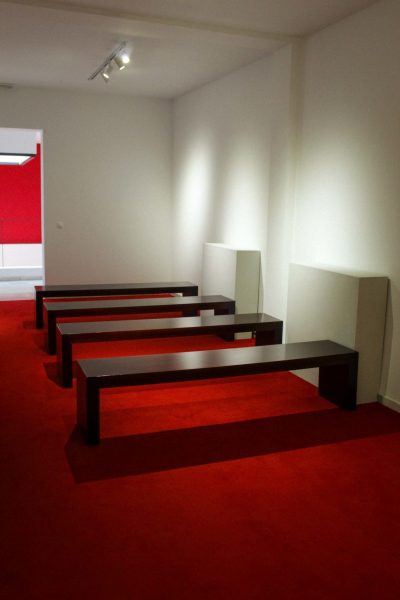
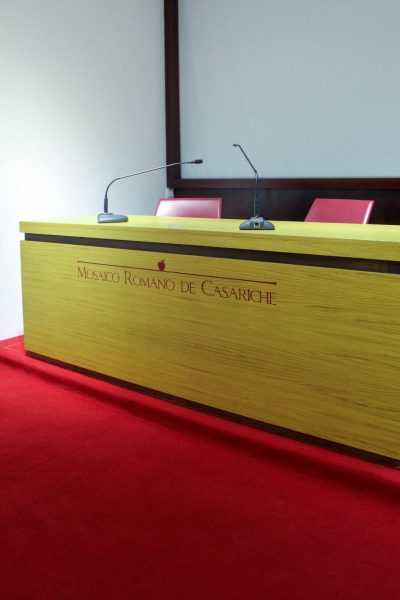
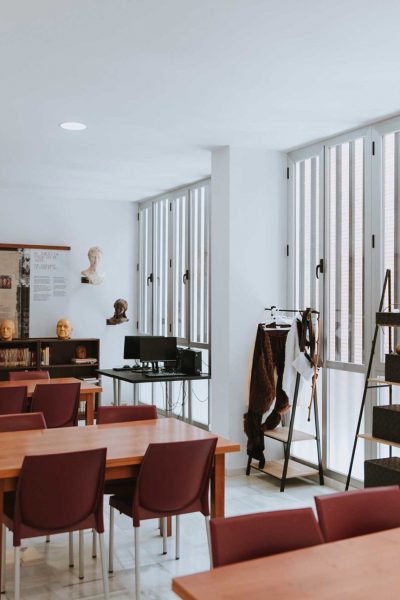
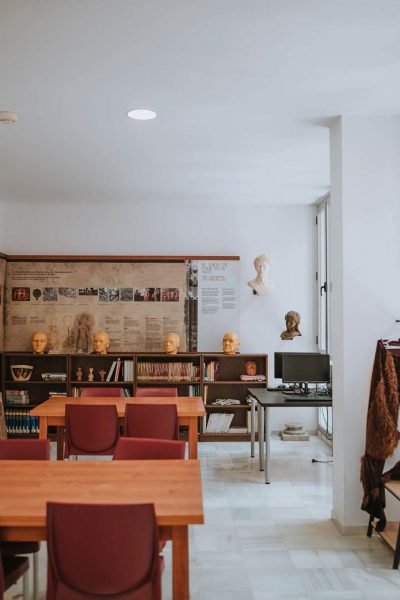
Multipurpose room
This space serves to the didactic spirit of our Collection, with equipment and space that make this room an ideal place to carry out activities and workshops with the public who visit us. Likewise, all the educational proposals that are developed during school visits are carried out by the students in these facilities.

